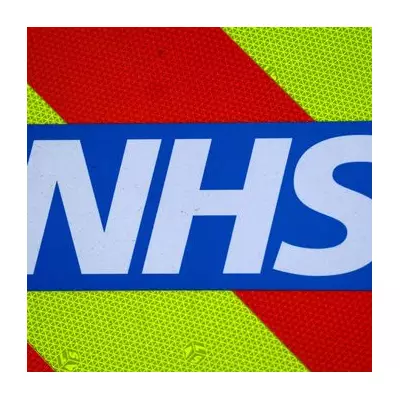
Medical professionals are issuing an urgent warning about four specific head-related symptoms that could indicate the presence of a brain tumour, emphasising that early detection can be life-saving.
The Silent Threat: Recognising Brain Tumour Symptoms
While headaches are common and usually harmless, certain patterns and accompanying symptoms should raise immediate red flags. Experts stress that persistent or worsening symptoms warrant immediate medical consultation.
Four Critical Warning Signs in Your Head
1. Headaches That Defy Normal Patterns
Unlike typical tension headaches, tumour-related headaches often intensify in the morning or disrupt sleep. They may worsen with coughing, sneezing, or physical exertion and typically don't respond to standard pain relief medication.
2. Progressive Vision Problems
Blurred vision, double vision, or loss of peripheral vision that develops gradually should never be ignored. Some patients report seeing floating shapes or experiencing sudden visual disturbances.
3. Seizures Without Previous History
Unexplained seizures in adults with no prior history of epilepsy represent a significant warning sign. These can range from full-body convulsions to subtle, localised twitching.
4. Persistent Nausea and Dizziness
Ongoing nausea, vomiting, or balance problems that can't be explained by other conditions may indicate increased pressure within the skull, a common effect of brain tumours.
When to Seek Medical Help
Dr. David Jenkinson from The Brain Tumour Charity advises: "While these symptoms often have less serious causes, their persistence or combination should prompt immediate medical assessment. Early diagnosis dramatically improves treatment outcomes."
The NHS recommends visiting your GP if you experience any of these symptoms consistently for more than two weeks, or if they rapidly worsen. In emergency situations with sudden severe symptoms, visiting A&E is crucial.
Understanding the Statistics
Approximately 12,000 people in the UK are diagnosed with brain tumours annually. Despite their seriousness, public awareness of key symptoms remains concerningly low, leading to delayed diagnoses and reduced treatment options.
Medical professionals emphasise that while these symptoms are alarming, they frequently stem from less serious conditions. However, erring on the side of caution could potentially save lives through early intervention and treatment.





